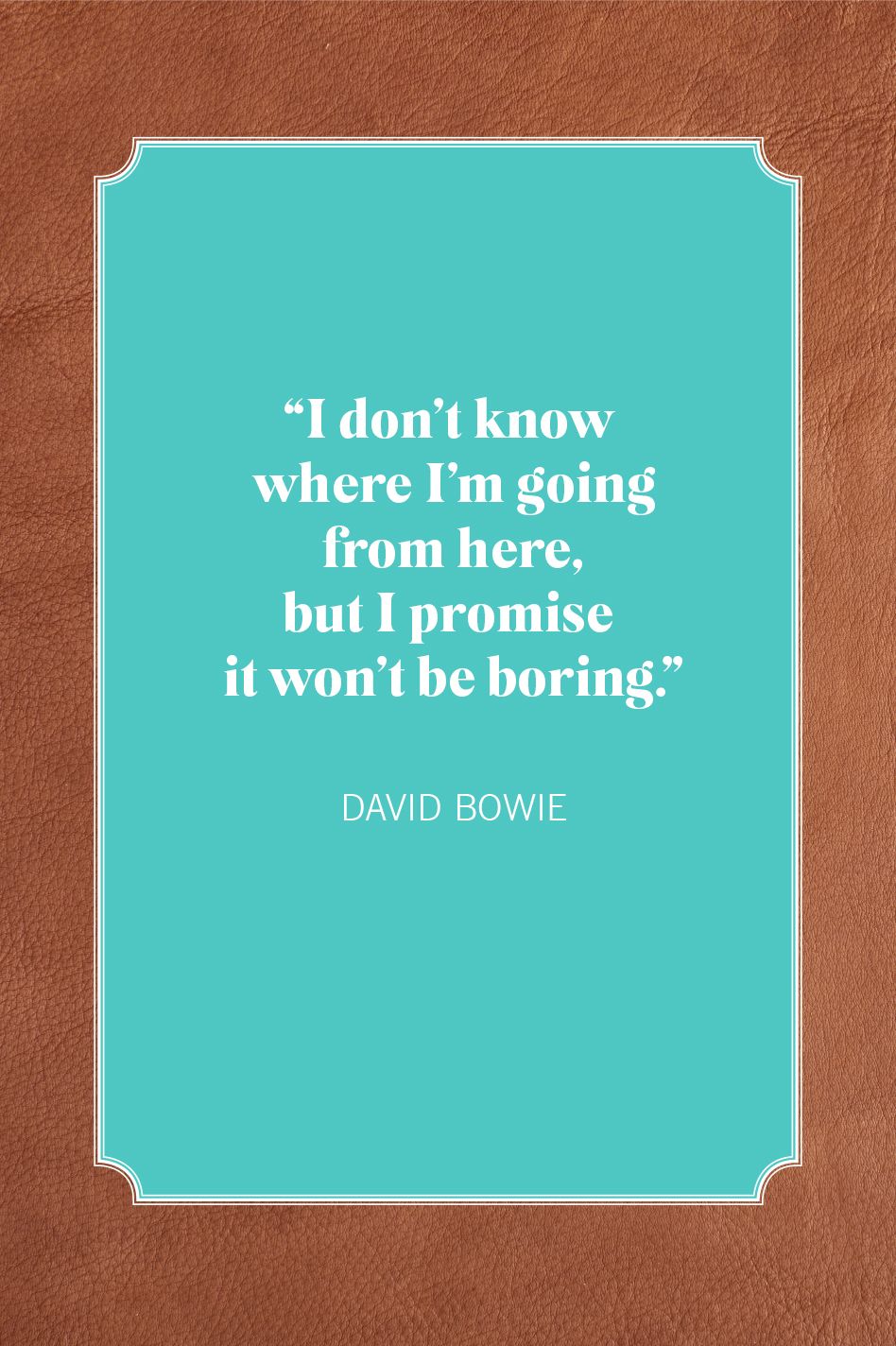This time of year can be grim; cold, dark days and long evenings. Christmas is a distant memory and spring is just that bit too far ahead to get excited about. Time to embrace your warm fuzzies.
Warm fuzzies is a term coined in the late 1960s by the psychotherapist Claude Steiner, to describe positive feelings given out by people.
Steiner was an early proponent of Transactional Analysis, which is a form of psychotherapy that looks at the way people interact. Steiner believed that the more positively children were treated, the more positively they went through life, and vice versa.
To show this, he wrote a children’s book called A Warm Fuzzy Tale, about a magic world where people have bags of warm fuzzies that they hand out to make others happy. But along comes a witch, who is disgruntled that people aren’t using her potions because they’re all so content. She convinces a child that the warm fuzzies are limited in supply and should not be given away. The witch tells the child to save their warm fuzzies by exchanging “cold pricklies” instead, which do exactly as they say on the tin. Soon her warning spreads, and everyone begins handing out cold pricklies, until they are all thoroughly miserable (except for the witch).
The book ends by pointing out that warm fuzzies are actually endless and free to give away – they exist (ration-free) inside all of us. The story’s moral is that the more we give out warm fuzzies, the more we will receive them back – and, unfortunately, the same can be said for cold pricklies.
I thought about the warm fuzzies recently because everything seems so negative at the moment if you watch the TV news or read the papers. Each negative report seemed to elicit another negative report – those cold pricklies were leading to yet more cold pricklies. We are a society in desperate need of more warm fuzzies!
Modern life is not set up for warm fuzzies – it is set up for convenience and cold pricklies. Technology means we interact with other humans less, and when we do actually have a face-to-face conversation, it is usually to complain about technology failing in some way (think supermarket self-service tills). When we chat to people, it tends not to be about how great we think they are – usually, it’s to complain about something they haven’t done.
Social media doesn’t help, and working from home has made things worse. The warm fuzziness of human contact has been swapped for the cold prickliness of social distance.
I have decided to make a conscious effort to embrace the warm fuzzies. Today, I picked up my phone and tapped out a message to a friend I’d recently been out for a walk with: “Our walk today has left me feeling warm and fuzzy.” I woke the next morning to a warm and fuzzy reply, and went through the day on a warm and fuzzy high.
So, spread the word about the warm fuzzies. With any luck, they might just take off.






